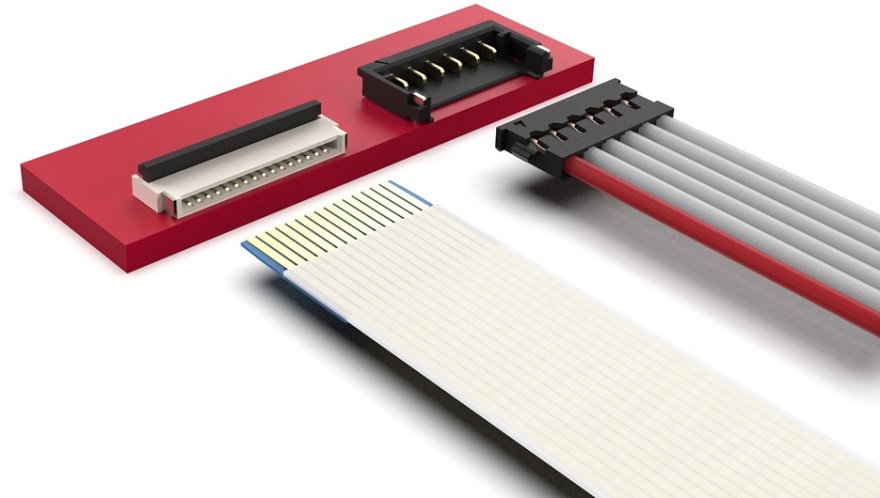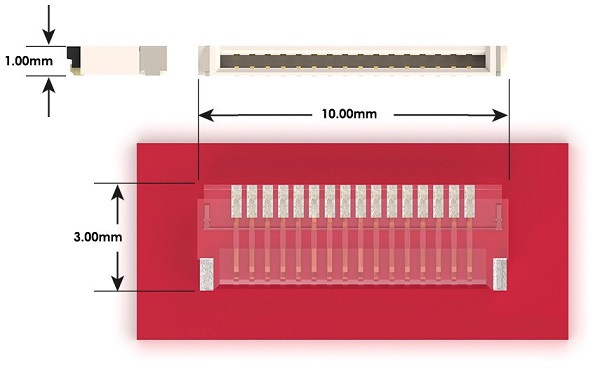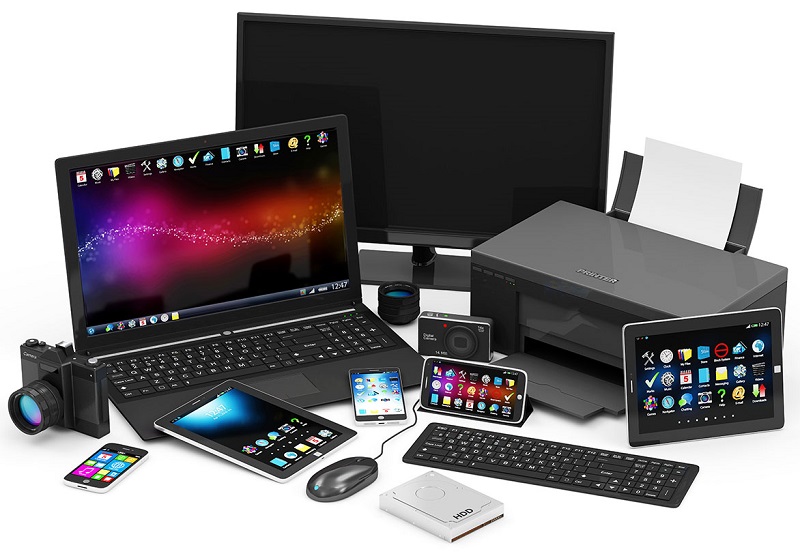
Customers have many choices when it comes to Wire-to-Board connections, so why should they choose flexible flat cable connectors over other wire-to-board solutions, such as IDC/IDT or discrete wire types?
The key advantage is FFC/FPC offers a one piece component solution, no need for male and female connectors and labour intensive cable assemblies, this means it's a lower cost and easier procurement.
Wire-to-Board Solution - A useful option but is restricted when used in compact and space saving designs. This solution is more complex as it requires cable contacts, housings and PCB headers to be assembled together.
Flexible Flat Cable Solution - Better suited for designs with limited space and PCB 'real estate' and generally easier to use and terminate, with a lower cost of ownership than Wire to Board solutions. 
Profile & Footprint
Compared to other solutions FFC/FPC connectors generally offer a low height profile, small PCB footprint, light weight properties and are simple for operators to terminate in final box build.
Special Connectors' FFC/FPC connectors are ZIF, or Zero Insertion Force, this means that when the cable is in place no force is exerted on the cable contacts by the connector contact. A locking actuator holds the cable in place which is beneficial in applications with shock and high vibration.
Applications
Flexible flat cable connectors are also favoured in applications where mechanical flexibility is critical, such as those products with moving parts, such as scanners, photocopiers and display devices. Flexible flat cable is designed to be bent many times without damage, this puts less stress on all components, vs. cable types with round or stranded conductions which may be damaged not only in the core conductor, but where physical strain is being put on crimped areas. Even movement of crimps within a housing could cause damage to housings.